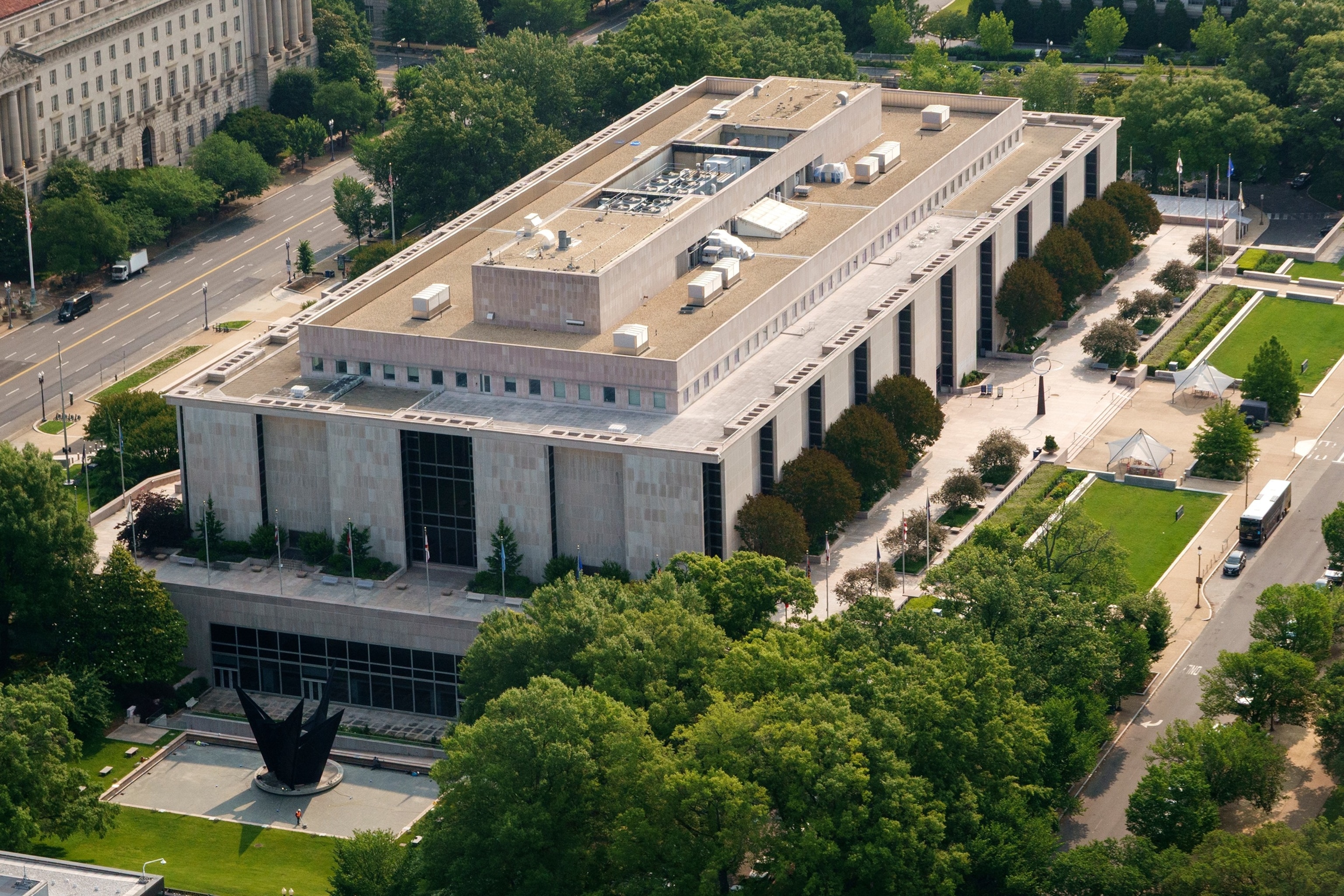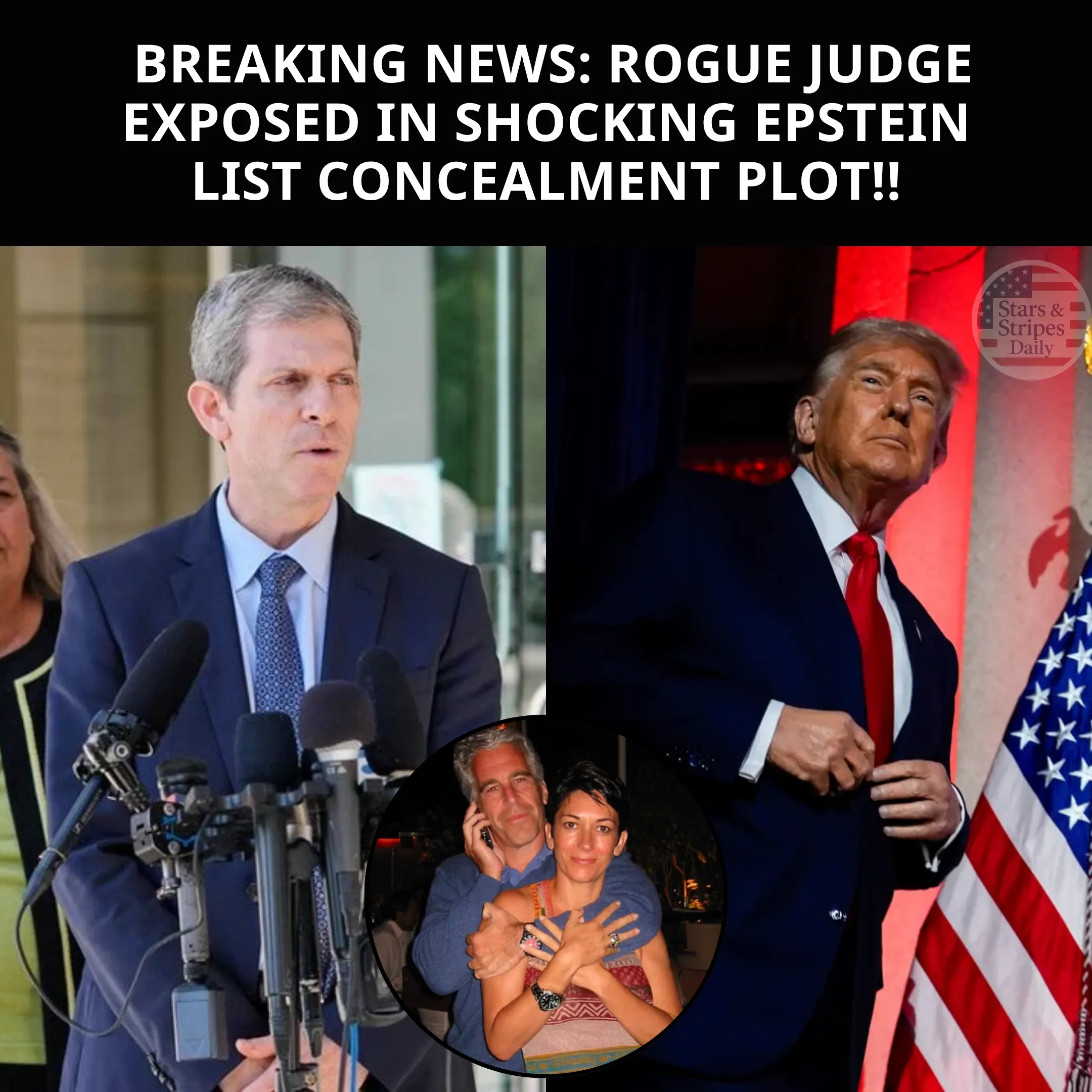The White House is shaking things up with a major review of the Smithsonian's museum exhibitions and operations. The goal? To make sure the museums align with President Trump’s vision of American history ahead of the nation's 250th anniversary.
This move, aimed at removing what Trump sees as "improper ideology," is sparking debate across the political spectrum and raising questions about the future of cultural institutions in the U.S.
In a move that mirrors Trump’s broader efforts to shape the national narrative, the White House has initiated a sweeping review of the Smithsonian’s exhibitions.
The review includes not just physical displays but also digital content, exhibition planning, and artist grants, with a focus on aligning these elements with Trump’s vision of "American exceptionalism."
This review, launched through an executive order signed by Trump, seeks to correct what the administration perceives as divisive or partisan messaging in museum exhibits.
The Smithsonian, which houses 21 museums, 14 research centers, and the National Zoo, is being asked to align with the president’s directive to “restore truth and sanity to American history.”
This includes reviewing current exhibits and ensuring they celebrate unity and American greatness, while removing narratives that are seen as divisive or politically driven.

The executive order, signed in March 2025, directs the Smithsonian to remove "improper ideology" from its exhibits, arguing that the museum system has been “influenced by divisive, race-centered ideology” in recent years.
Trump and his administration argue that the Smithsonian has been promoting narratives that portray American and Western values as inherently harmful and oppressive.
The goal of the review is to refocus the institution on “historically accurate” and “constructive” descriptions that honor America’s achievements, rather than portraying the country in a negative light.
“This initiative aims to ensure alignment with the president’s directive to celebrate American exceptionalism, remove divisive or partisan narratives, and restore confidence in our shared cultural institutions,” the letter sent to the Smithsonian’s secretary, Lonnie Bunch, explained.
The review’s scope includes exhibits at eight key museums, including the National Museum of American History and the National Museum of African American History and Culture.
Within 120 days, museums are expected to begin implementing changes, including the removal of “ideologically driven language” and replacing it with content that highlights unity and progress.
The Smithsonian has responded cautiously, emphasizing its commitment to scholarly excellence and the factual presentation of history. In a statement, the institution made it clear that it would review the White House’s letter and continue to work collaboratively with the Trump administration.

“Our work is grounded in a deep commitment to scholarly excellence, rigorous research, and the accurate, factual presentation of history,” the Smithsonian said, signaling that it would not compromise its integrity despite the pressure from the White House.
While the Smithsonian has agreed to review its exhibits, some of the proposed changes, particularly those concerning ideological content, have already sparked a backlash.
Critics argue that the review could lead to the sanitization of American history, stripping museums of their critical and educational value. This concern is especially prominent among those who believe the administration is attempting to whitewash historical narratives to align with its political agenda.
One example of the growing tension between the White House and the Smithsonian came earlier this year when the Smithsonian’s National Museum of American History temporarily removed a placard referring to Trump from its impeachment exhibit.
The placard had mentioned his two impeachments, but after public backlash, it was restored. This incident has raised concerns that Trump’s administration is exerting undue influence over the museum system, especially regarding content that touches on his personal history and presidency.
In response to the controversy, the Smithsonian explained that the placard was removed because it did not meet the museum’s standards in terms of presentation and location. However, the timing of the removal, followed by its reinstatement after public outcry, has led many to question the extent of Trump’s influence over the institution.

Trump’s vision for American history has been a consistent theme throughout his presidency. From his push to revive patriotic education to his calls for removing “left-wing” ideologies from schools and institutions, Trump has made it clear that he believes America’s history should be celebrated and not critiqued.
His executive order to reform the Smithsonian museums is part of this broader effort to reshape how history is taught and understood in the U.S.
“This is about preserving trust in one of our most cherished institutions,” said White House senior associate Lindsey Halligan. “The Smithsonian museums and exhibits should be accurate, patriotic, and enlightening — ensuring they remain places of learning, wonder, and national pride for generations to come.”
This statement underscores the administration’s view that the Smithsonian must reflect the president’s idea of American greatness and unity, rather than focusing on divisive aspects of history.
The White House's influence over the Smithsonian is not the only example of Trump’s efforts to reshape U.S. cultural institutions. He has also taken control of the John F. Kennedy Center for the Performing Arts, naming himself chairman and firing the center’s bipartisan board of trustees.

Trump has repeatedly stated that there should be no “anti-American propaganda” at the Kennedy Center and that the center should reflect American values and pride.
In an ironic twist, House Republicans have introduced a bill to rename the Kennedy Center after Trump, calling it the “Donald J. Trump Center for Performing Arts.”
While the law creating the center prohibits such a renaming, the move is symbolic of Trump’s deepening involvement in U.S. cultural institutions and his desire to leave a lasting imprint on America’s artistic and historical legacy.
As the White House continues its review of the Smithsonian, the institution faces an uncertain future. While it has vowed to work with the Trump administration, it also risks losing its reputation for independent, scholarly research if it is seen as bending to political pressure.
This tension highlights the ongoing struggle between the preservation of academic freedom and the influence of political agendas on public institutions.
For those who support Trump’s vision of American history, this initiative is a much-needed correction. They argue that the Smithsonian has become too focused on presenting a critical view of the country’s past, instead of celebrating its achievements.
However, for critics, the review represents a dangerous step toward censorship and historical revisionism, one that could erode public trust in one of America’s most respected institutions.




